Code
HCS29544
Weight
200 gm / 0.44 lbs
Size
Height
75cm (30") Width
52cm (20") Material
Cotton Canvas & Natural Color
Availability
Available

Safe Payment
We accept Paypal, Money Transfer, Bank Transfer
Confidence
Protection covers your purchase and personal data.
Worldwide Delivery
We ship Worldwide, except Russia.Shipping cost US$25.2 for upto 0.5 kgs

Hotline
Talk to help line for your question on 9841267335Three Goddess Of Divine Grace : Brief Introduction
The Set of Green Tara, Sitatapatra, and Saraswati in a single place represents the convergence of compassionate protection, spiritual purification, and intellectual wisdom. Together, these goddesses offer blessings and support to practitioners in various aspects of their lives, including spiritual practice, protection from obstacles, and the cultivation of knowledge and creativity. The presence of these three goddesses in a unified composition signifies their collective influence and the harmonious synergy of their individual qualities. Read More . . .
The Set of Green Tara, Sitatapatra, and Saraswati in a single place represents the convergence of compassionate protection, spiritual purification, and intellectual wisdom. Together, these goddesses offer blessings and support to practitioners in various aspects of their lives, including spiritual practice, protection from obstacles, and the cultivation of knowledge and creativity. The presence of these three goddesses in a unified composition signifies their collective influence and the harmonious synergy of their individual qualities. Read More . . .
Pancha Buddha : About
Five Dhyani Buddhas, popularly known as Pancha Buddha are five representatives of five different qualities of Shakyamuni Buddha. Pancha Buddhas are also known as the Five Wisdom Tathagatas and are widely respected in Vajrayana Buddhism. In Sanskrit, they are known as the Five Conquerors, or Victor, and are a common subject in Vajrayana Buddhist tradition. As you may have noticed in many Thangkas or collections of five Buddha statues in Buddhist people's residences, these collections of Buddha statues are quite popular for their great five different qualities. These Pancha Buddhas are Vairochana, Akshobhaya, Amitabha, Ratnasambhava, and Amoghasiddhi.
These Five Buddhas represent five paradises in five different directions i.e. Central, East, West, North, and South. In both Nepali Buddhism as well as Tibetan Buddhism, these Pancha Buddhas are represented in different Buddha statues, Buddha images, paintings as well as Thangkas, etc. The collection of Nepali Buddha statues must consist of a set of five Pancha Buddhas or it is considered incomplete. This state how much important the Pancha Buddhas are especially in Nepalese and Tibetan Buddhism. Read More . . .
Five Dhyani Buddhas, popularly known as Pancha Buddha are five representatives of five different qualities of Shakyamuni Buddha. Pancha Buddhas are also known as the Five Wisdom Tathagatas and are widely respected in Vajrayana Buddhism. In Sanskrit, they are known as the Five Conquerors, or Victor, and are a common subject in Vajrayana Buddhist tradition. As you may have noticed in many Thangkas or collections of five Buddha statues in Buddhist people's residences, these collections of Buddha statues are quite popular for their great five different qualities. These Pancha Buddhas are Vairochana, Akshobhaya, Amitabha, Ratnasambhava, and Amoghasiddhi.
These Five Buddhas represent five paradises in five different directions i.e. Central, East, West, North, and South. In both Nepali Buddhism as well as Tibetan Buddhism, these Pancha Buddhas are represented in different Buddha statues, Buddha images, paintings as well as Thangkas, etc. The collection of Nepali Buddha statues must consist of a set of five Pancha Buddhas or it is considered incomplete. This state how much important the Pancha Buddhas are especially in Nepalese and Tibetan Buddhism. Read More . . .
Thangka Lhyape : What is Lhyape Style
Green Tara Thangka, [high Quality], Buddhist Traditional Painting, Lhyape Style, [real Gold], Three Goddess Of Divine Grace, And Pancha Buddha, an enchanting Lhyape Thangka masterpiece, emanates an aura of celestial splendor. The golden-yellow background bathes the entire composition in a luminous glow, symbolizing purity and enlightenment. Intricately painted with 24-carat gold, Green Tara Thangka, [high Quality], Buddhist Traditional Painting, Lhyape Style, [real Gold], Three Goddess Of Divine Grace, And Pancha Buddha's divine form and surrounding elements glisten with a mesmerizing metallic shine. Read More . . .
Green Tara Thangka, [high Quality], Buddhist Traditional Painting, Lhyape Style, [real Gold], Three Goddess Of Divine Grace, And Pancha Buddha, an enchanting Lhyape Thangka masterpiece, emanates an aura of celestial splendor. The golden-yellow background bathes the entire composition in a luminous glow, symbolizing purity and enlightenment. Intricately painted with 24-carat gold, Green Tara Thangka, [high Quality], Buddhist Traditional Painting, Lhyape Style, [real Gold], Three Goddess Of Divine Grace, And Pancha Buddha's divine form and surrounding elements glisten with a mesmerizing metallic shine. Read More . . .
Use of Real Gold
This thangka of Green Tara Thangka, [high Quality], Buddhist Traditional Painting, Lhyape Style, [real Gold], Three Goddess Of Divine Grace, And Pancha Buddha has real gold painted on its surface along with other paints. This is an ancient process of decorating the thangka in Tibetan Buddhism, Here gold is ground into gold dust, which is then mixed with other undisclosed material to make it paintable on the canvas. this mixture is then mixed with transparent glue and painted on the thangka. Read More . . .
This thangka of Green Tara Thangka, [high Quality], Buddhist Traditional Painting, Lhyape Style, [real Gold], Three Goddess Of Divine Grace, And Pancha Buddha has real gold painted on its surface along with other paints. This is an ancient process of decorating the thangka in Tibetan Buddhism, Here gold is ground into gold dust, which is then mixed with other undisclosed material to make it paintable on the canvas. this mixture is then mixed with transparent glue and painted on the thangka. Read More . . .
Introduction to Thangka
A thangka, also known as tangka, thanka, or tanka, is a vibrant and intricate Tibetan Buddhist painting that serves as a visual representation of spiritual teachings. Crafted with meticulous detail on cotton or silk appliqué, thangkas depict a wide range of subjects including Buddhist deities, sacred scenes, mandalas, and narrative stories. These sacred artworks are traditionally kept unframed and rolled up for storage, resembling ancient scrolls. To protect their delicate nature, thangkas are mounted on textile backings and often adorned with a silk cover on the front. Proper preservation in dry environments is crucial to maintain the integrity and longevity of the silk. Read More . . .
A thangka, also known as tangka, thanka, or tanka, is a vibrant and intricate Tibetan Buddhist painting that serves as a visual representation of spiritual teachings. Crafted with meticulous detail on cotton or silk appliqué, thangkas depict a wide range of subjects including Buddhist deities, sacred scenes, mandalas, and narrative stories. These sacred artworks are traditionally kept unframed and rolled up for storage, resembling ancient scrolls. To protect their delicate nature, thangkas are mounted on textile backings and often adorned with a silk cover on the front. Proper preservation in dry environments is crucial to maintain the integrity and longevity of the silk. Read More . . .
Brief Introduction :
Samaya Tara, popularly known as Green Tara. She is represented in a royal ease posture with her left leg bent her left leg overstepping the main lotus and resting on a blue lotus ready to get up and offer assistance to those in need. She is portrayed with maroon Buddhist robes and jewelry. The earrings represent patience, understanding, and renunciation. The diadem with five jewels represents the transmutation of the five delusions into the Five Buddha Wisdoms. She is shown with a benevolent countenance seated upon a white moon disk which is associated with special restorative nectar associated with the naval chakra center. In Buddhists, the moon symbolizes the wisdom aspect which when coupled with compassion leads to Sakyamuni Buddha's enlightenment. Her right hand is gracefully lowered in Varada mudra, the boon-granting gesture.
Iconography :Green Tara's special lotus is the blue lotus or 'night lotus' which she bears in both hands. The word utpala means to 'burst open'. Her left-hand holds a stem with an open blooming flower and an unopened bud. The bent lower part of the stem represents the root. The open blossom represents the present and also the present Buddha; the bud represents the future and also Buddhas yet to be born. The future here also refers to a safe journey's end and future well-being. Her right-hand wisdom hand is in the gesture of giving refuge. The third finger touches the thumb to create a circle representing the union of wisdom and compassion, and the three extended fingers symbolize the Three Jewels of Buddhism a. The Buddha State b. The Body of Teachings. The Principles of the Universe The same hand holds the stem of a blue lotus representing her willingness to assist. The closed blossom in her right hand represents the past and also the Buddhas of the past. Green Tara is shown in a place of paradise called Khadiravani where she Tara dwells. Khadiravani is described as a great mountain kingdom with many trees, flowers, and animals (not shown). 3 rainbow tails emanate from her outer aureole. The crescent moon and sun symbolize the union of male and female ubiquitous in Tantric art.
<br/><br/>
The seventy-two golden lines represent psychic energy channels emanating from her body and her central psychic channel running up her spinal column. Each one signifies a thousand as there are traditionally seventy-two thousand channels. The gold lines alternate between wiggly and straight to represent the two main psychic channels running up the central channel that entwine to create the interlocking 'snaking' caduceus to which the energy channels are connected. The trees in the foreground are the Ashoka Tree. The word Ashoka means 'without sorrow' and is the tree linked to the Vedic God of love and sexual union Kamadeva. Apparently, the tree blossoms when a virtuous lady touches it.
Commentary :<br/><br/>
The seventy-two golden lines represent psychic energy channels emanating from her body and her central psychic channel running up her spinal column. Each one signifies a thousand as there are traditionally seventy-two thousand channels. The gold lines alternate between wiggly and straight to represent the two main psychic channels running up the central channel that entwine to create the interlocking 'snaking' caduceus to which the energy channels are connected. The trees in the foreground are the Ashoka Tree. The word Ashoka means 'without sorrow' and is the tree linked to the Vedic God of love and sexual union Kamadeva. Apparently, the tree blossoms when a virtuous lady touches it.
The word Tara means the one who saves. The word Tara is derived from the root tri meaning to cross and in context is taken to mean the one who helps people to cross the Ocean of Existence and Suffering. Green Tara is also called 'dark' Tara or more directly Shyama Tara. Green Tara is associated with the Amoghasiddhi who is also green and the north-facing Meditation who is head of the action family. Her willingness to help others is shown by her body posture with one foot ready so that she can rise to offer assistance. Like WhiteTara, she was born of the tears of compassion of the Bodhisattva Avalokiteshvara, resulting from the extreme state of sadness he experienced when observing the continuing ceaseless suffering which he sought to end.
Mantra for Green Tara
Om Tare Tuttare Ture Soha


![Green Tara Thangka, [high Quality], Buddhist Traditional Painting, Lhyape Style, [real Gold], Three Goddess Of Divine Grace, And Pancha Buddha](https://handicraftseller.com/uploads/pics/product/thumb/2023/06/29544_1.jpg)
![Green Tara Thangka, [high Quality], Buddhist Traditional Painting, Lhyape Style, [real Gold], Three Goddess Of Divine Grace, And Pancha Buddha](https://handicraftseller.com/uploads/pics/product/thumb/2023/06/29544_2.jpg)
![Green Tara Thangka, [high Quality], Buddhist Traditional Painting, Lhyape Style, [real Gold], Three Goddess Of Divine Grace, And Pancha Buddha](https://handicraftseller.com/uploads/pics/product/thumb/2023/06/29544_3.jpg)
![Green Tara Thangka, [high Quality], Buddhist Traditional Painting, Lhyape Style, [real Gold], Three Goddess Of Divine Grace, And Pancha Buddha](https://handicraftseller.com/uploads/pics/product/thumb/2023/06/29544_4.jpg)
![Green Tara Thangka, [high Quality], Buddhist Traditional Painting, Lhyape Style, [real Gold], Three Goddess Of Divine Grace, And Pancha Buddha](https://handicraftseller.com/uploads/pics/product/thumb/2023/06/29544_5.jpg)
![Green Tara Thangka, [high Quality], Buddhist Traditional Painting, Lhyape Style, [real Gold], Three Goddess Of Divine Grace, And Pancha Buddha](https://handicraftseller.com/uploads/pics/product/thumb/2023/06/29544.jpg)
![Green Tara Thangka, [high Quality], Buddhist Traditional Painting, Lhyape Style, [real Gold], Three Goddess Of Divine Grace, And Pancha Buddha](https://handicraftseller.com/uploads/pics/product/thumb/2023/06/29544_0.jpg)










 of Green Tara" title="Tibetan Thangka
of Green Tara" title="Tibetan Thangka 
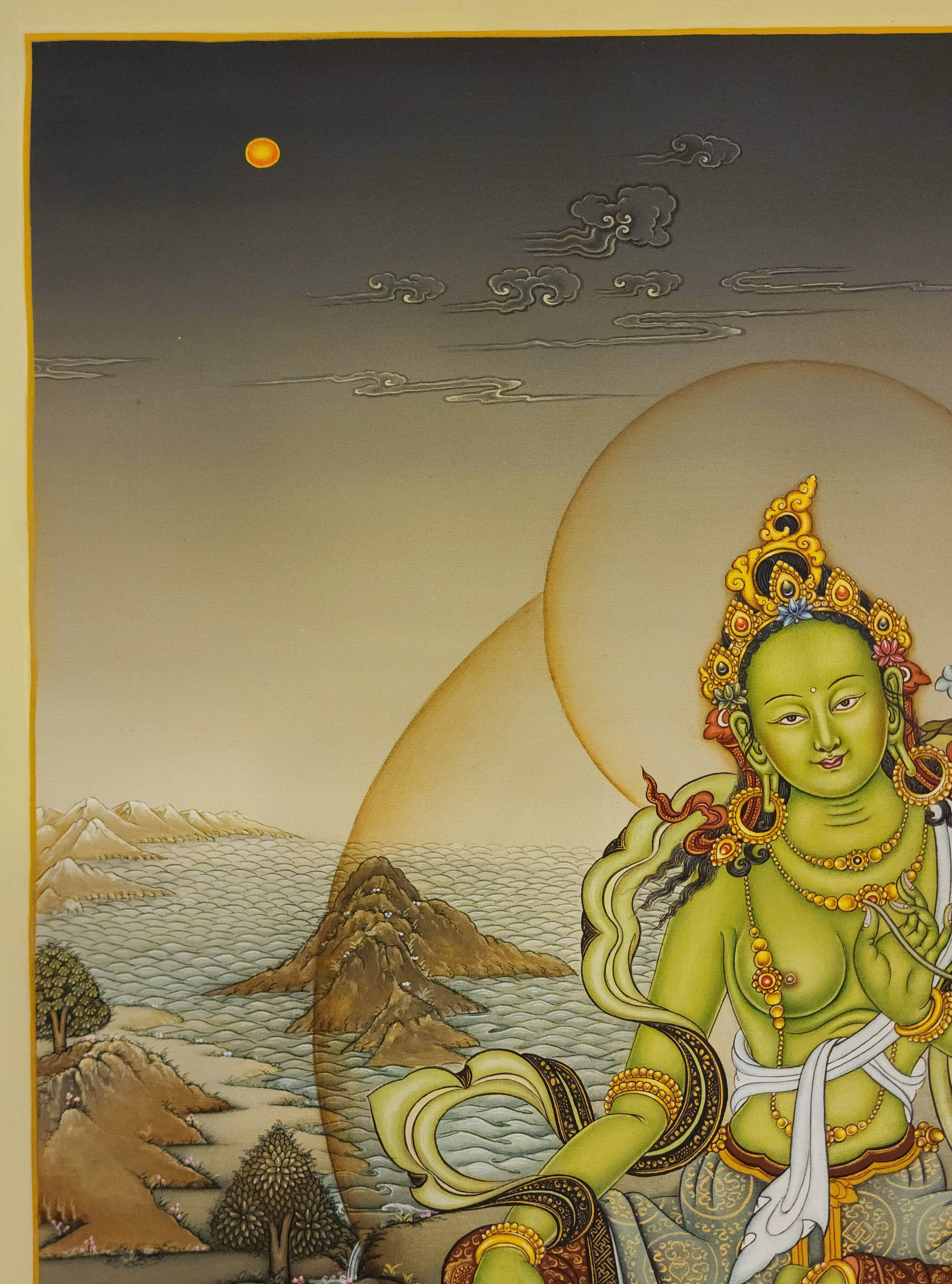
 of Manjushree, Real 24k Gold,
of Manjushree, Real 24k Gold, 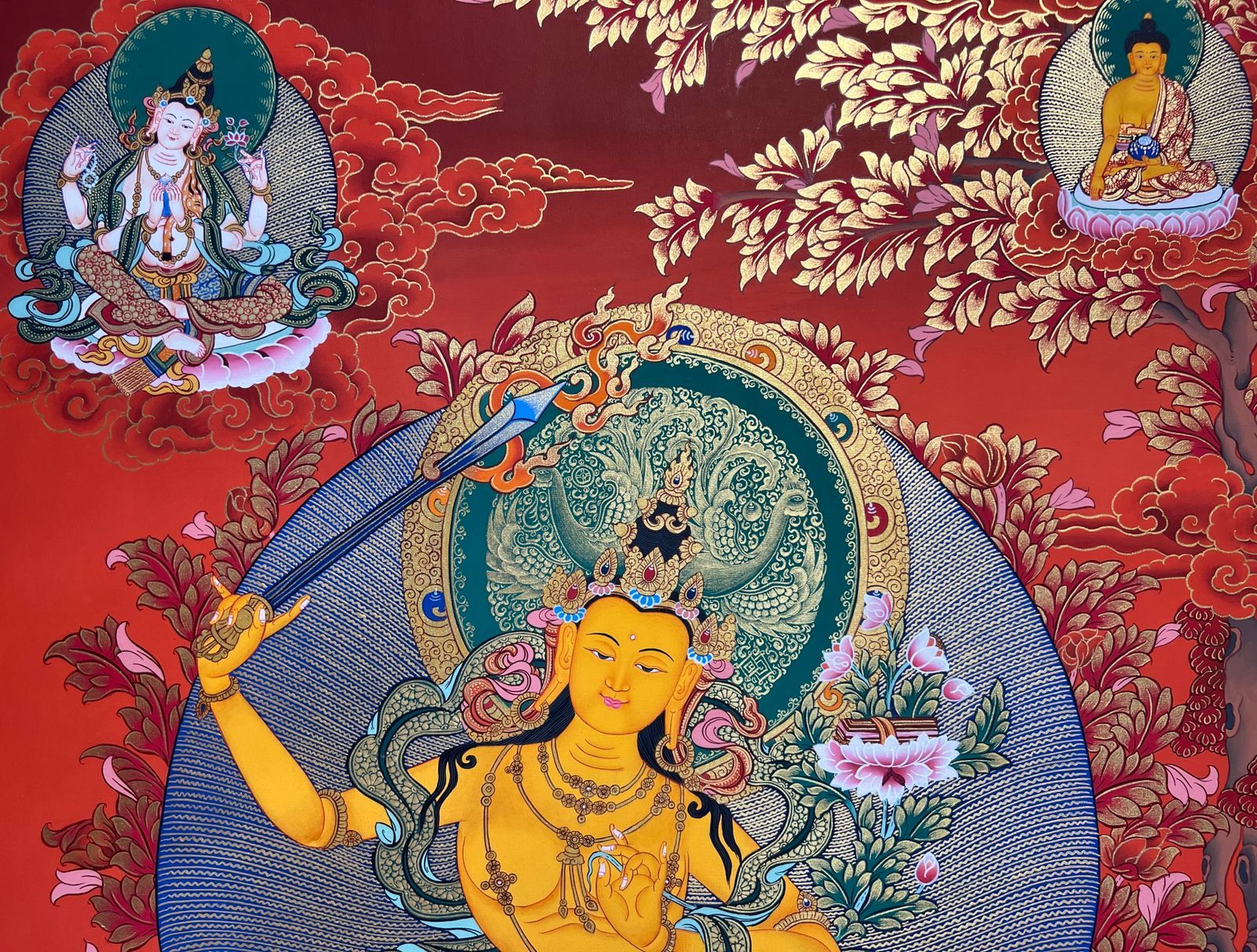 of Manjushree, Real 24k Gold,
of Manjushree, Real 24k Gold, 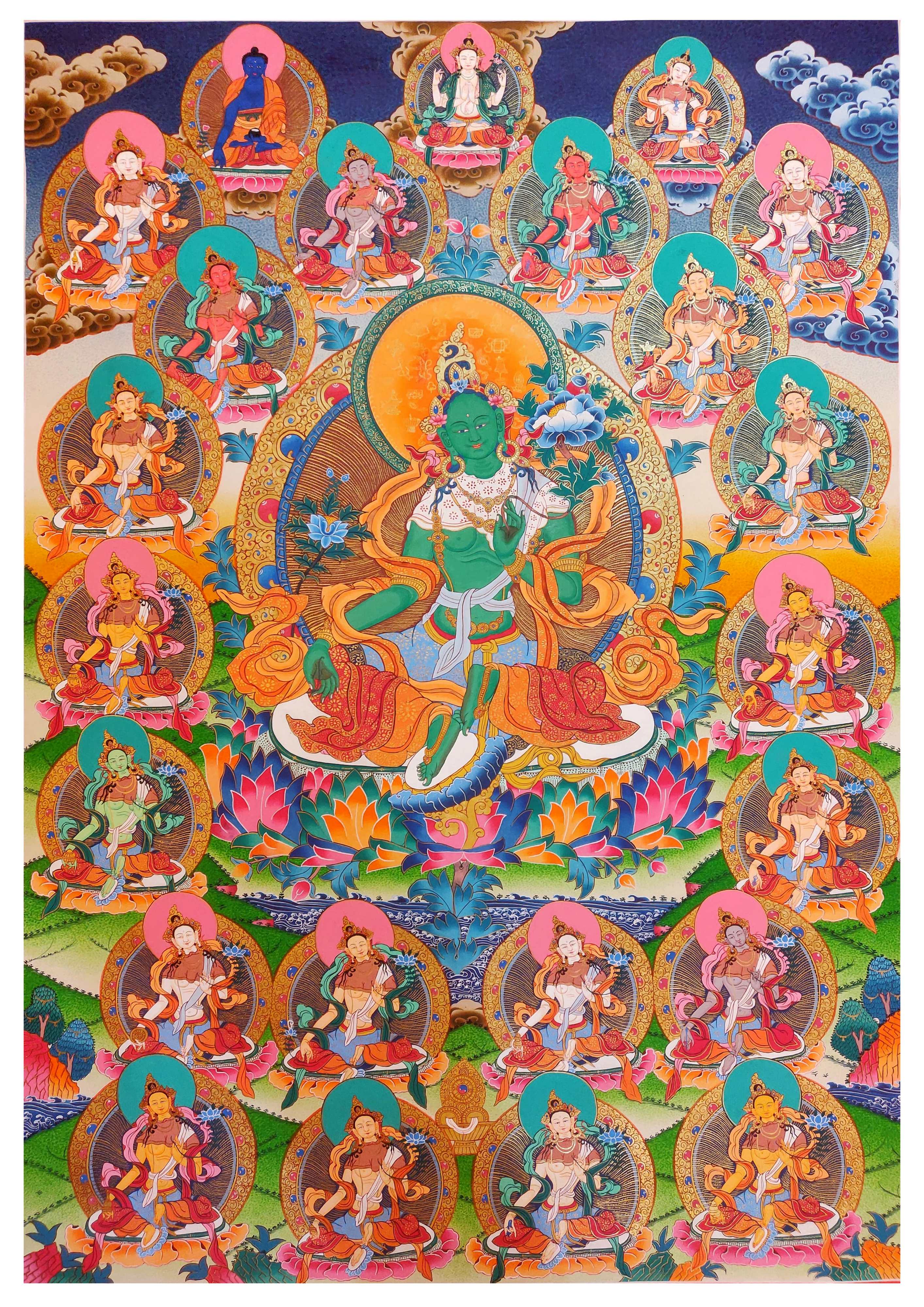 Real Gold" title="21 Tara Thangka, Tibetan Buddhist Art, Hand Painted,
Real Gold" title="21 Tara Thangka, Tibetan Buddhist Art, Hand Painted, 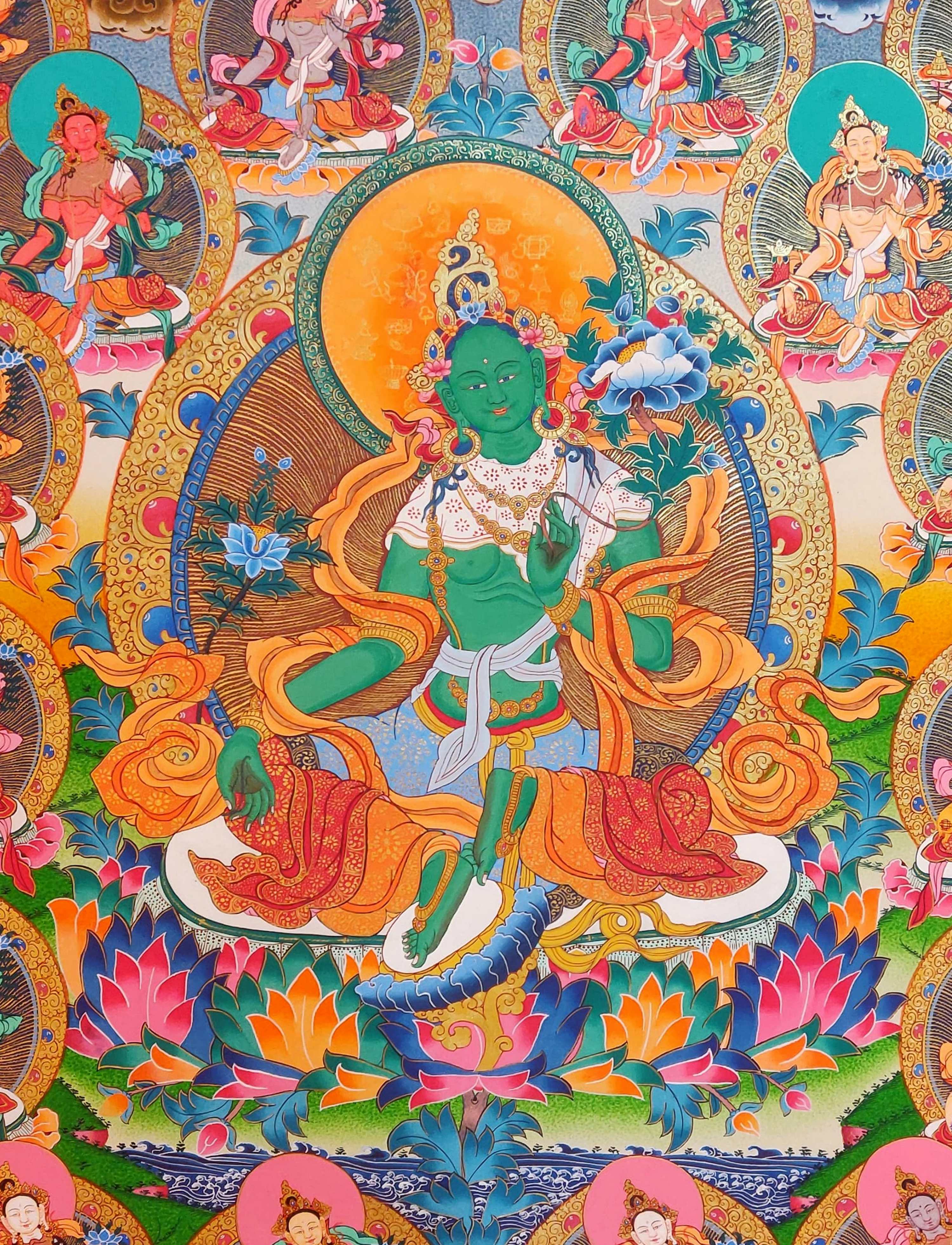 Real Gold" title="21 Tara Thangka, Tibetan Buddhist Art, Hand Painted,
Real Gold" title="21 Tara Thangka, Tibetan Buddhist Art, Hand Painted,  of Green Tara,
of Green Tara,  Master Quality Buddhist Handmade Thangka Painting, Tibetan Style,
Master Quality Buddhist Handmade Thangka Painting, Tibetan Style, 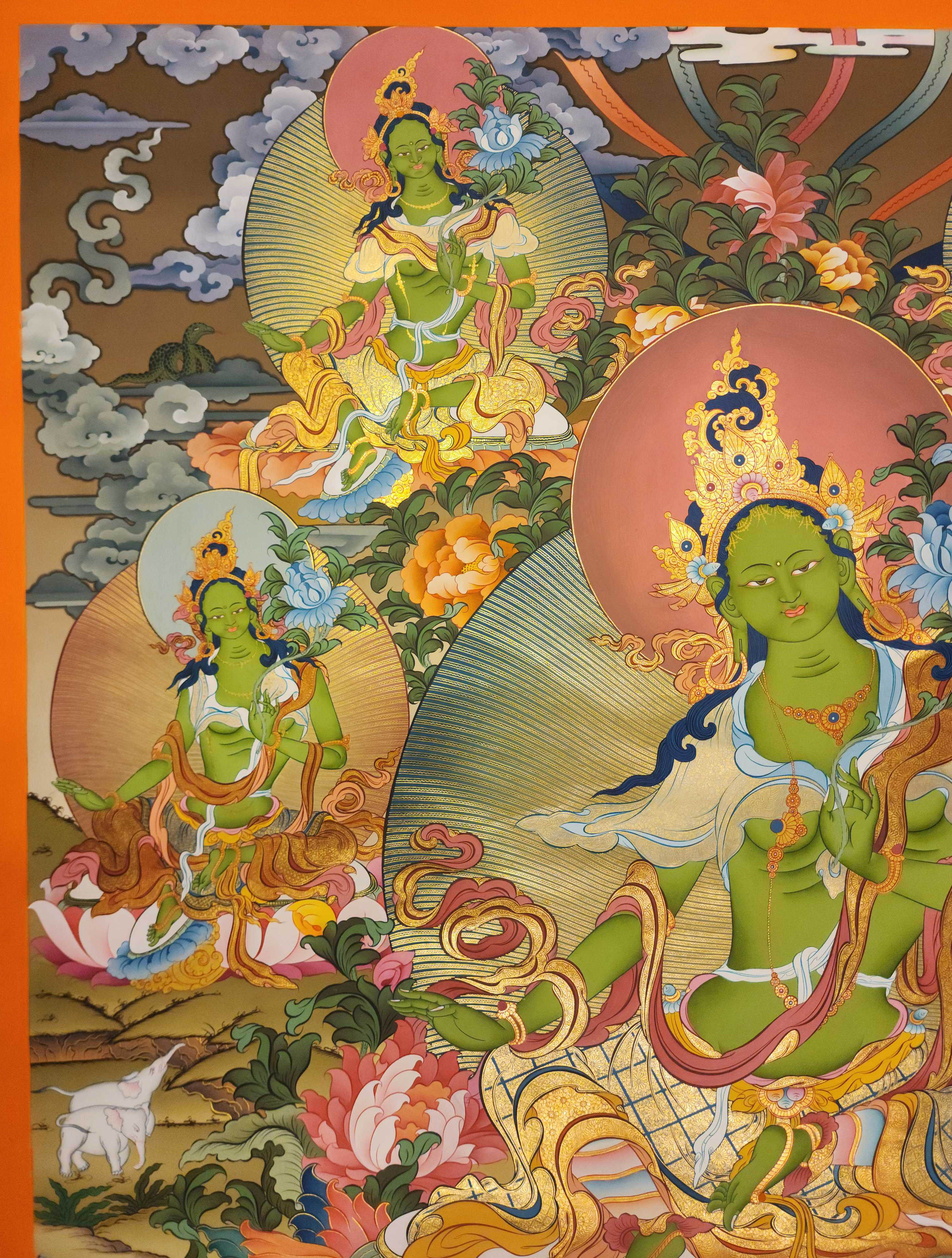 Master Quality Buddhist Handmade Thangka Painting, Tibetan Style,
Master Quality Buddhist Handmade Thangka Painting, Tibetan Style,  Real Gold" title="Green Tara Hand Made Tibetan Thangka
Real Gold" title="Green Tara Hand Made Tibetan Thangka 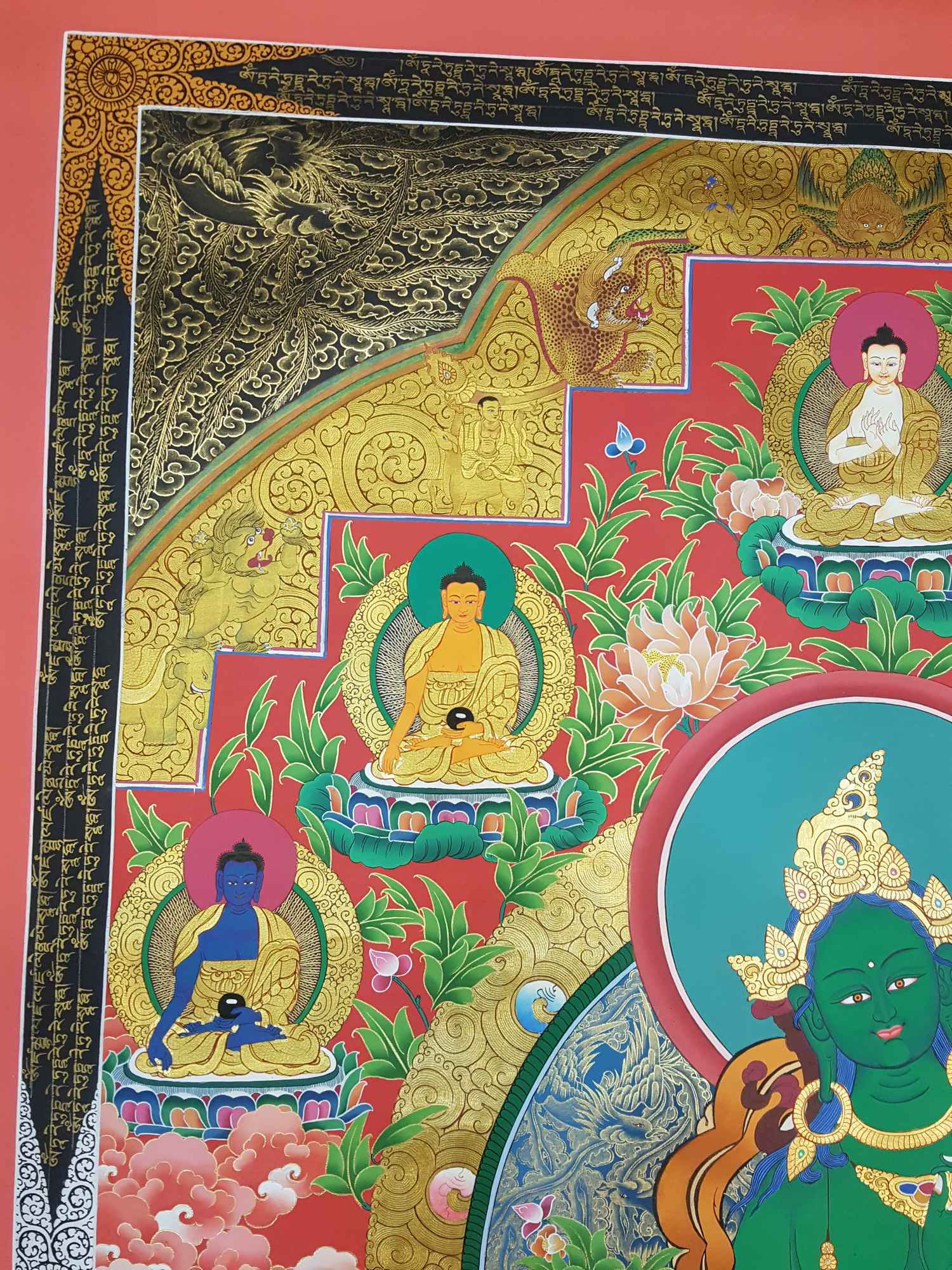 Real Gold" title="Green Tara Hand Made Tibetan Thangka
Real Gold" title="Green Tara Hand Made Tibetan Thangka  with Manjushri
with Manjushri 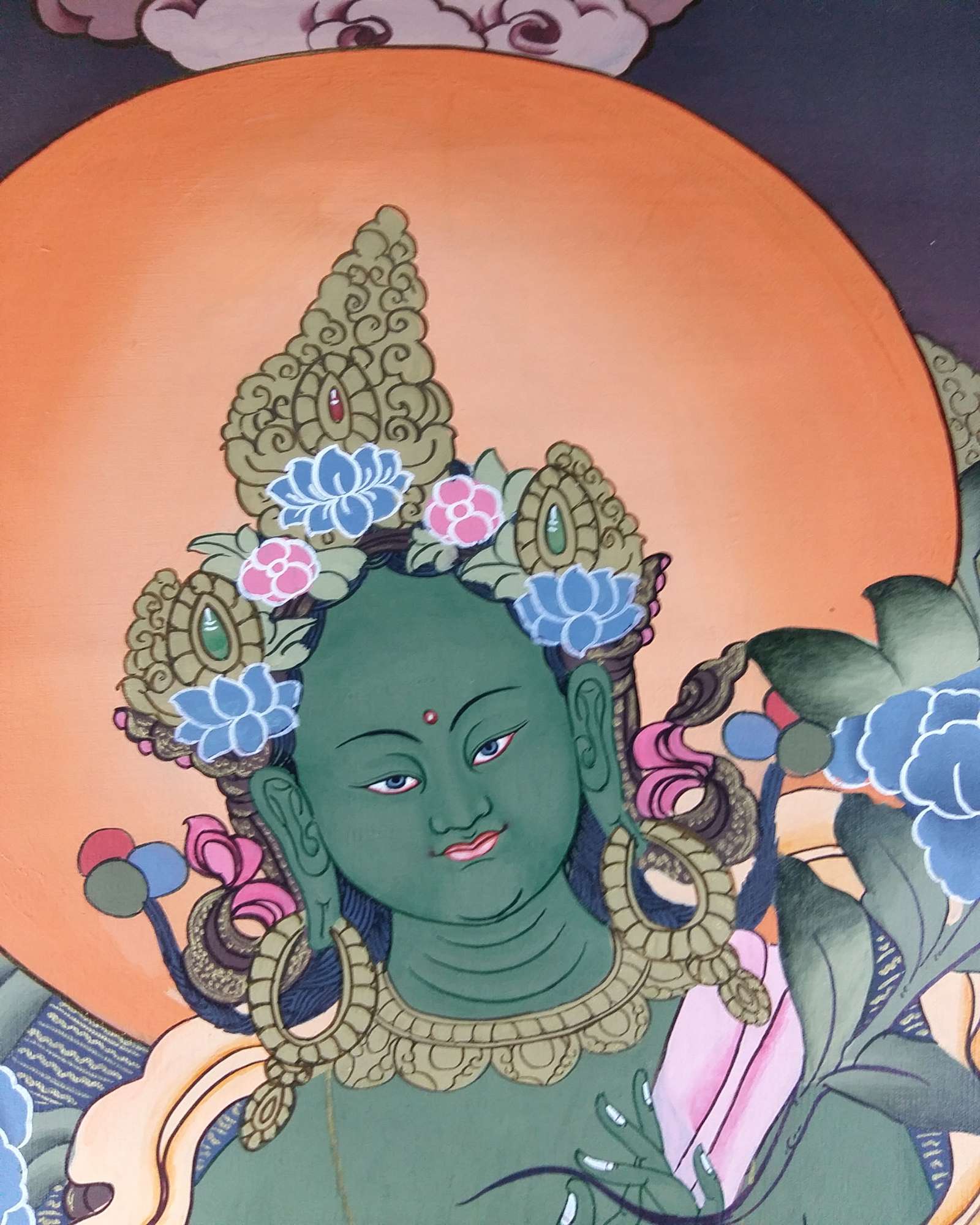 with Manjushri
with Manjushri 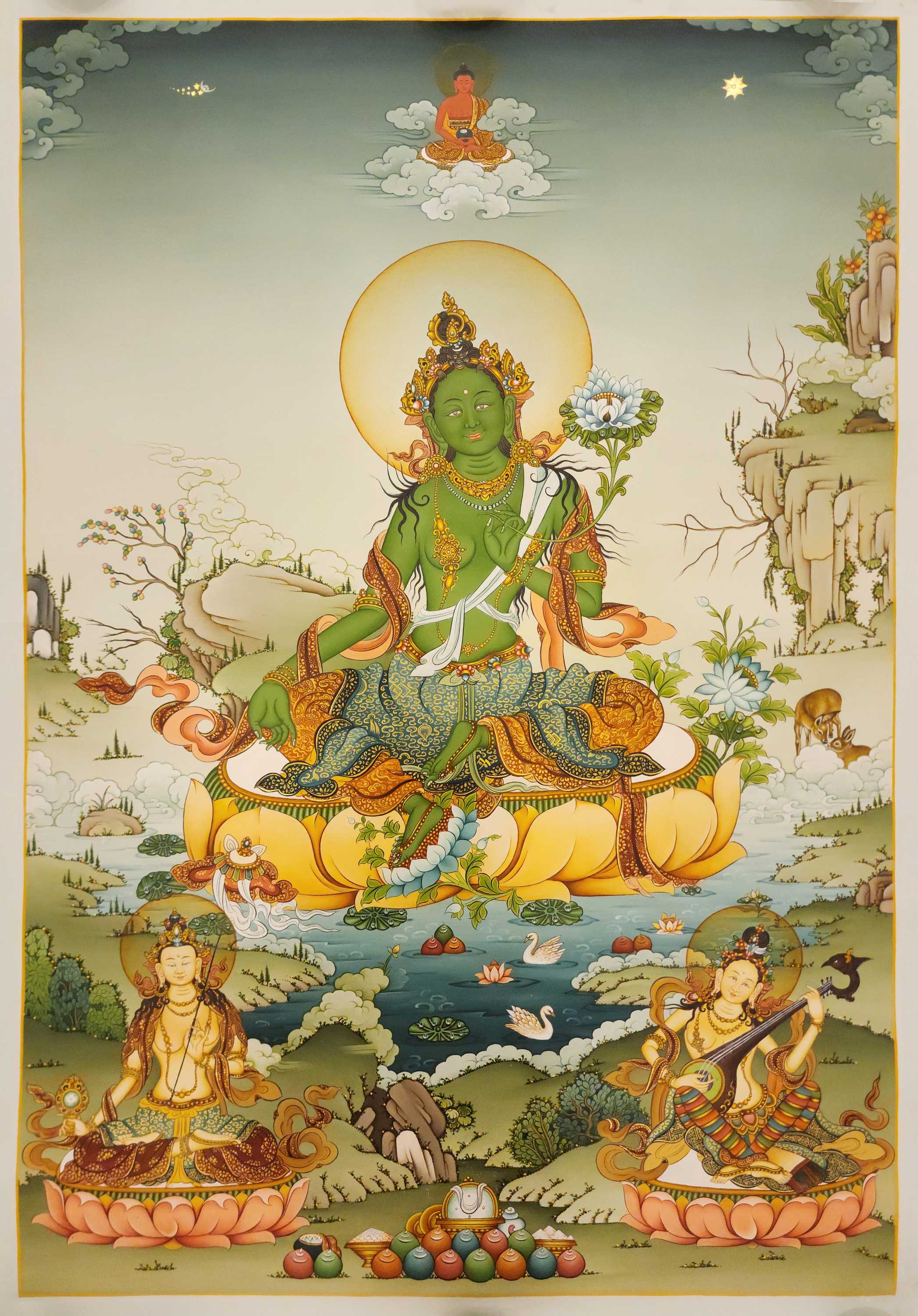 Master Quality Buddhist Traditional Painting, Karma Gadri Art,
Master Quality Buddhist Traditional Painting, Karma Gadri Art, 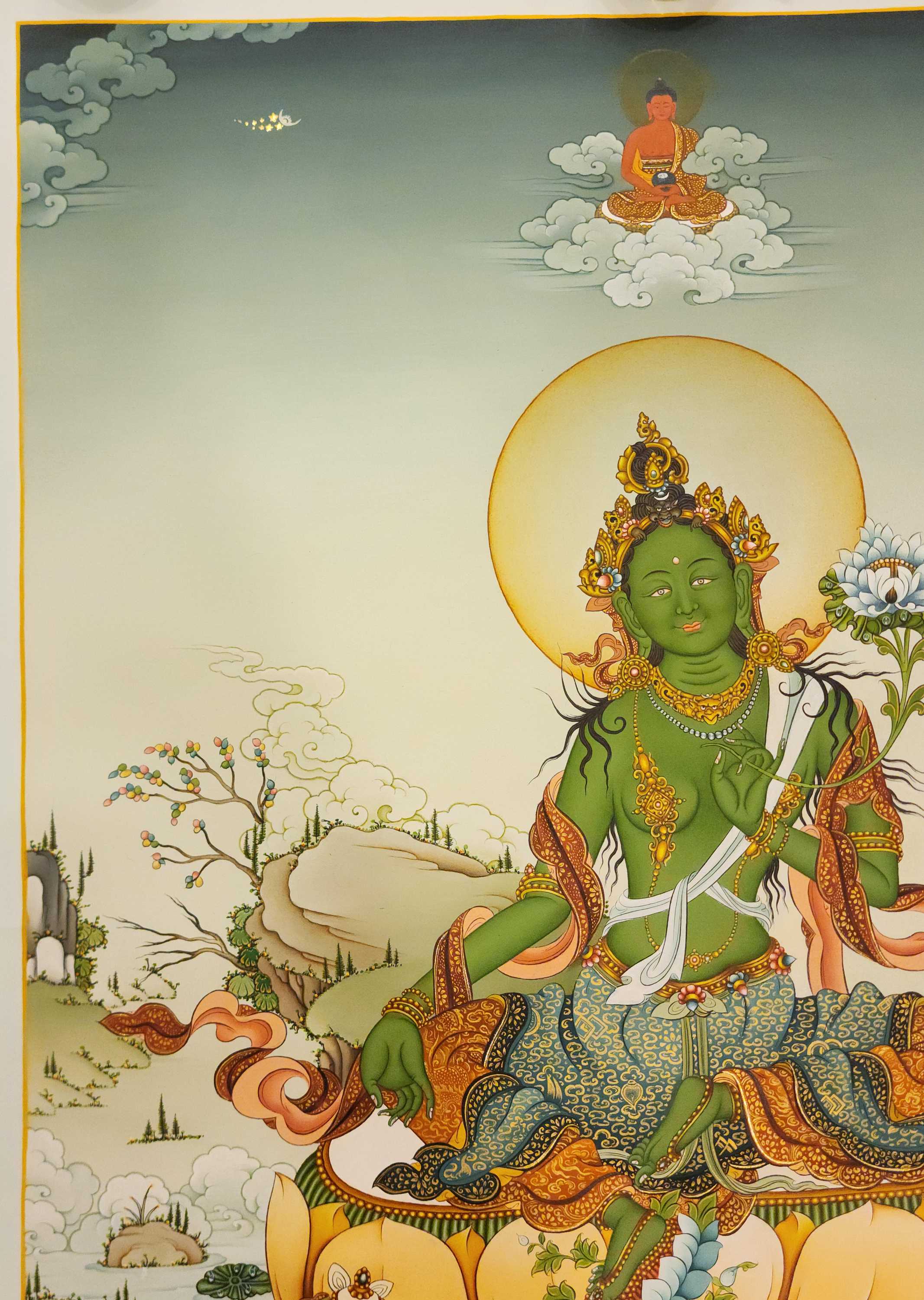 Master Quality Buddhist Traditional Painting, Karma Gadri Art,
Master Quality Buddhist Traditional Painting, Karma Gadri Art, 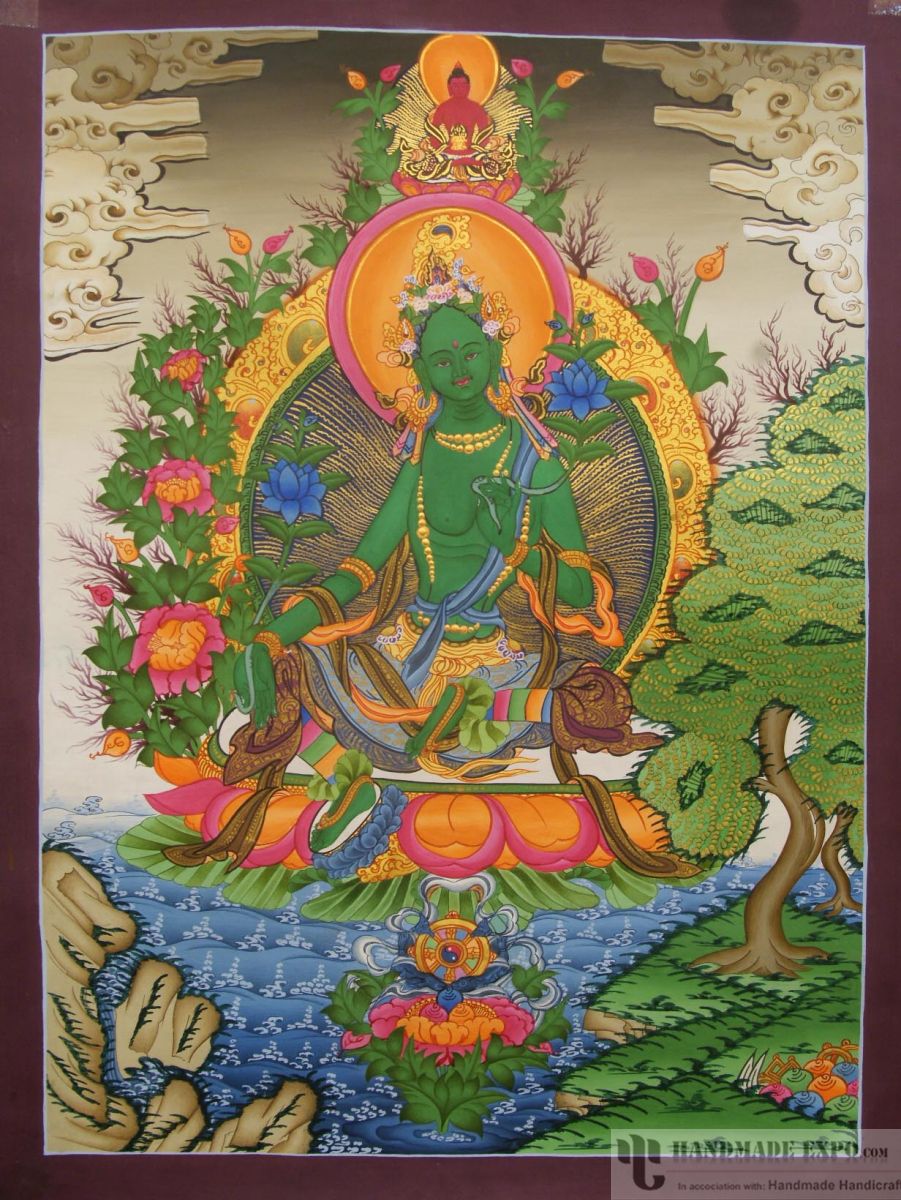 Sold" title="Green Tara,
Sold" title="Green Tara,